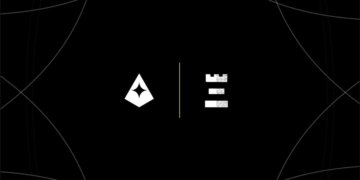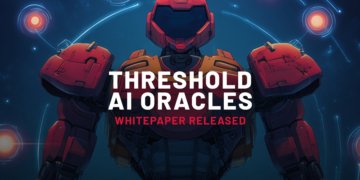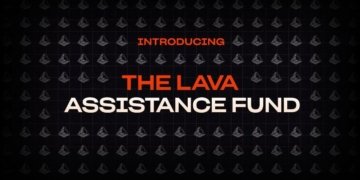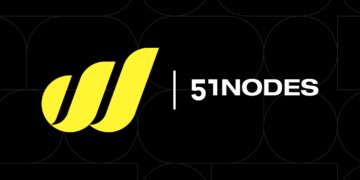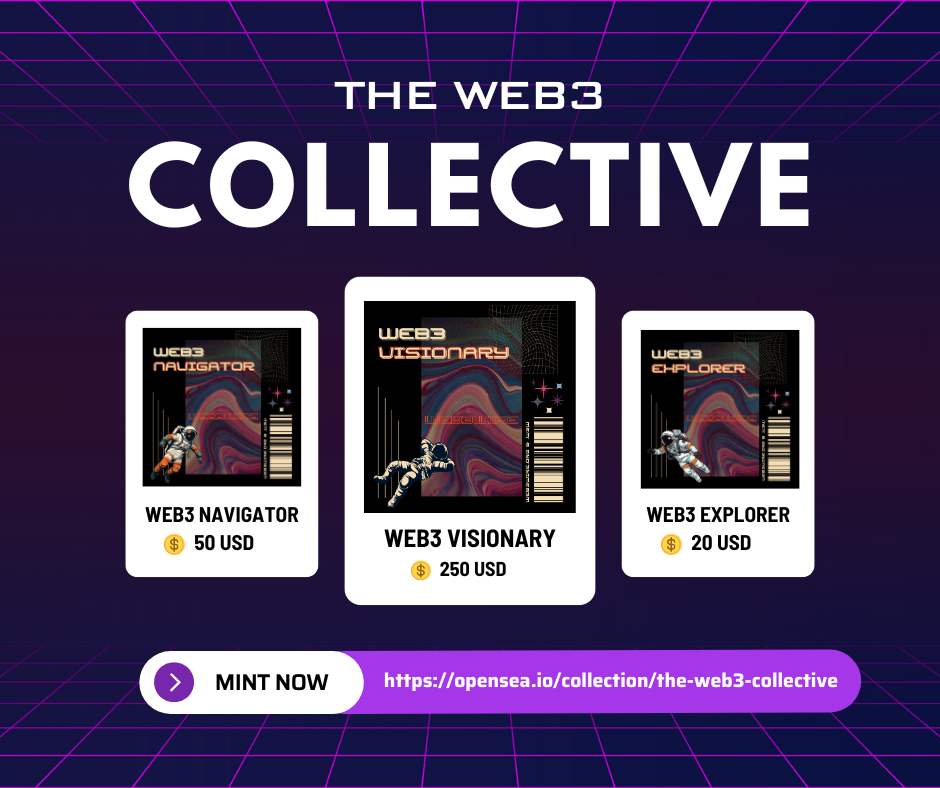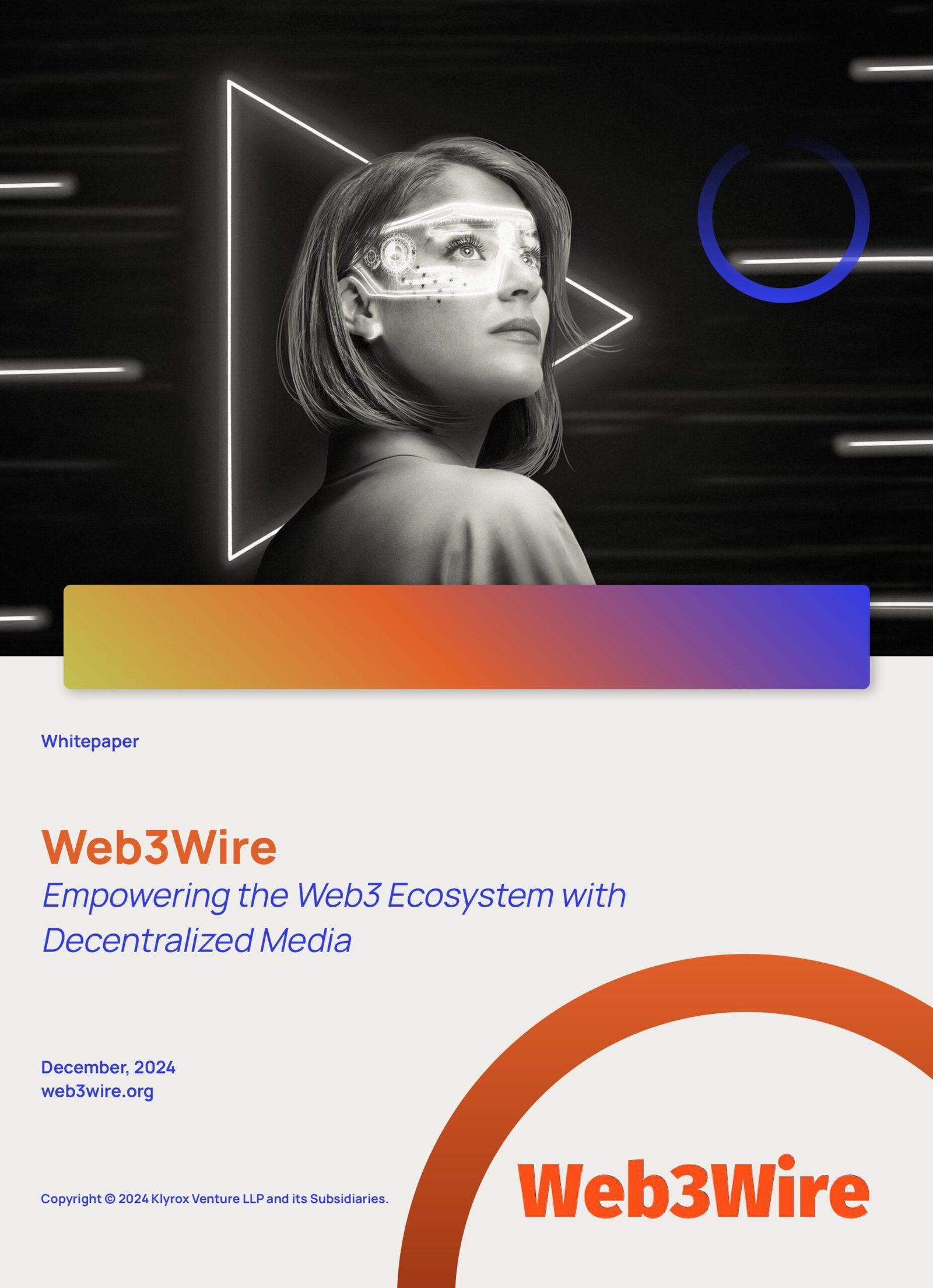
Polkadot vs BlockDAG: Defining the Future of DeFi Leadership
In the ever-evolving world of decentralized finance (DeFi), two technologies are at the forefront of revolutionizing how blockchain operates: **Polkadot** and **BlockDAG**. These innovative platforms promise to overcome many of the limitations facing traditional blockchain systems, and both are vying for the lead position in DeFi. This showdown is not just about technology but also about influence and control over the future of decentralized economies.
Understanding Polkadot: The Multi-Chain Vision
Polkadot is a next-generation blockchain protocol that allows multiple blockchains, known as parachains, to interoperate. It was conceptualized by Dr. Gavin Wood, one of the co-founders of Ethereum, with the vision of creating a truly decentralized ecosystem of interoperable blockchains. Here’s what makes Polkadot unique:
- Interoperability: Enables different blockchains to communicate and share information seamlessly.
- Scalability: By processing transactions on parallel chains, Polkadot significantly enhances scalability.
- Shared Security: Parachains plugged into Polkadot’s relay chain benefit from shared security protocols.
- Governance: Polkadot employs on-chain governance, allowing stakeholders to vote on protocol changes.
Polkadot’s mission is to remove the current limitations of blockchain networks, enabling a new era of web applications where our data is our own and isn’t stored on a central server owned by an intermediary company.
BlockDAG: A Different Approach with DAG Technology
BlockDAG, on the other hand, approaches the scalability problem with an entirely different architecture known as Directed Acyclic Graphs (DAGs). This system bypasses the traditional block structure found in most blockchains, allowing transactions to confirm asynchronously. Key features include:
- Asynchronous Transactions: Transactions are processed independently, reducing bottlenecks.
- No Mining Needed: Eliminates the energy-intensive mining process typical of traditional blockchains.
- High Throughput: Capable of processing thousands of transactions per second, making it highly scalable.
- Immediate Finality: Transactions are confirmed almost instantaneously, improving speed.
BlockDAG aims to solve some of the most pressing issues in blockchain technology, such as speed and scalability, by employing a structure that promises efficient and robust networks.
The Showdown: Polkadot vs BlockDAG
Scalability and Speed
**Scalability** and **speed** are critical factors in DeFi platforms’ ability to handle increased adoption efficiently. Polkadot, with its parallel chain architecture, provides significant scalability advantages by allowing concurrent processing of transactions. **BlockDAG**, utilizing DAG technology, offers high throughput and transaction speeds, making both contenders strong in this area. However, **BlockDAG’s immediate transaction finality** provides an edge in environments where transaction speed is paramount.
Security and Decentralization
Security and decentralization are at the heart of blockchain technology. Polkadot employs a **shared security** model, meaning that parachains can be secured through the relay chain, creating a durable defense against attacks. BlockDAG, while efficient, faces challenges in achieving the same level of decentralization due to its unique structure and consensus mechanism, which might be more susceptible to network centralization risks.
Interoperability and Innovation
One of Polkadot’s standout features is its **interoperability**. It allows different blockchains to communicate and transfer data freely, fostering a diverse ecosystem of projects and innovations. Contrastingly, BlockDAG focuses on optimizing the transaction process itself and may lag behind in enabling inter-chain communication. However, BlockDAG may offer a playground for innovation in **transaction efficiency and novel consensus models**.
Potential Use Cases and Adoption
The strength of any blockchain platform lies in its real-world applications. Here is a look into how Polkadot and BlockDAG might be adopted in the near future:
- Polkadot in DeFi: Its parallel chain structure could revolutionize complex financial transactions, offering the infrastructure for trading platforms, lending protocols, and decentralized exchanges to operate more efficiently.
- BlockDAG in IoT and Microtransactions: With its high transaction speed, BlockDAG could excel in environments requiring rapid, small-scale transfers, such as IoT networks and **microtransaction ecosystems**.
The Road Ahead
As both technologies continue to develop, their capacity to lead the DeFi space will depend on overcoming certain challenges. **Polkadot must maintain its momentum** in expanding its parachain ecosystem and ensuring smooth interoperability. For BlockDAG, achieving wider adoption and demonstrating the viability of its **DAG-based model** on a large scale are crucial steps.
Ultimately, the race for DeFi leadership will be determined not just by technological superiority but also by ecosystem development, user adoption, and the ability to foster innovation. As the crypto world watches this exciting showdown, it remains to be seen whether Polkadot’s multi-chain strategy or BlockDAG’s asynchronous architecture will come out on top.
Conclusion
In the dynamic arena of DeFi, both Polkadot and BlockDAG exhibit groundbreaking potential, each with its unique strengths and weaknesses. Whether the future of decentralized finance is defined by the interoperability of Polkadot or the transaction efficiency of BlockDAG, both technologies are pushing the boundaries of what’s possible in the blockchain space. As investors and developers make critical decisions on which platform to align with, the ultimate beneficiary will be the global blockchain community, which stands to gain from these innovations.
“`

